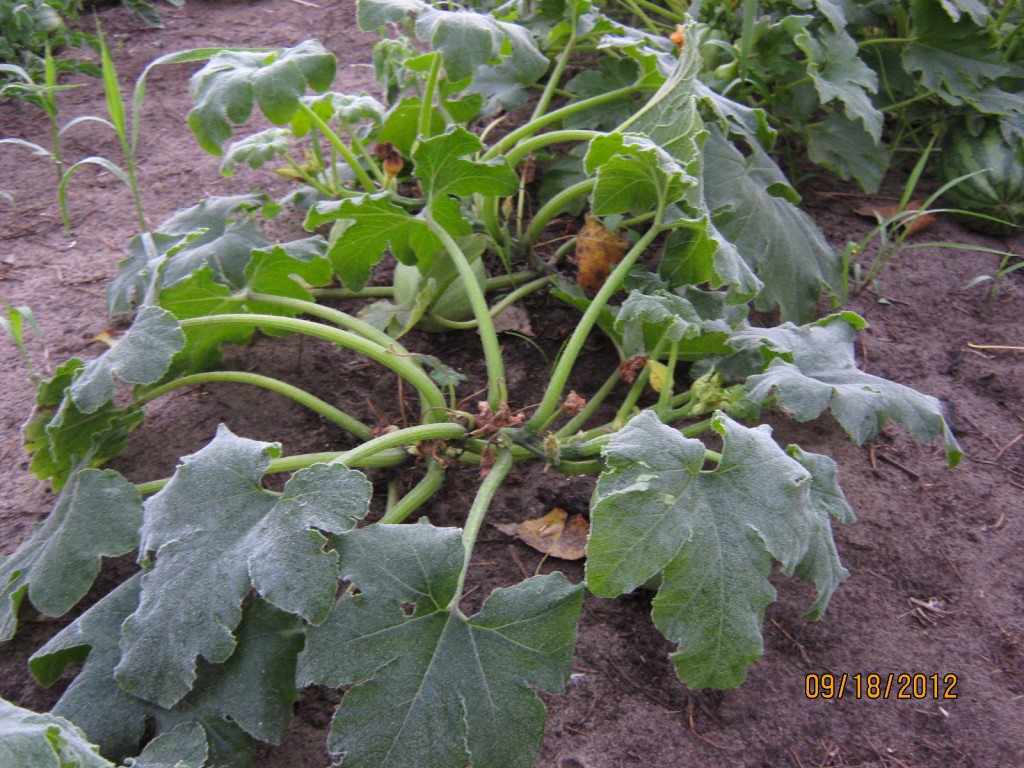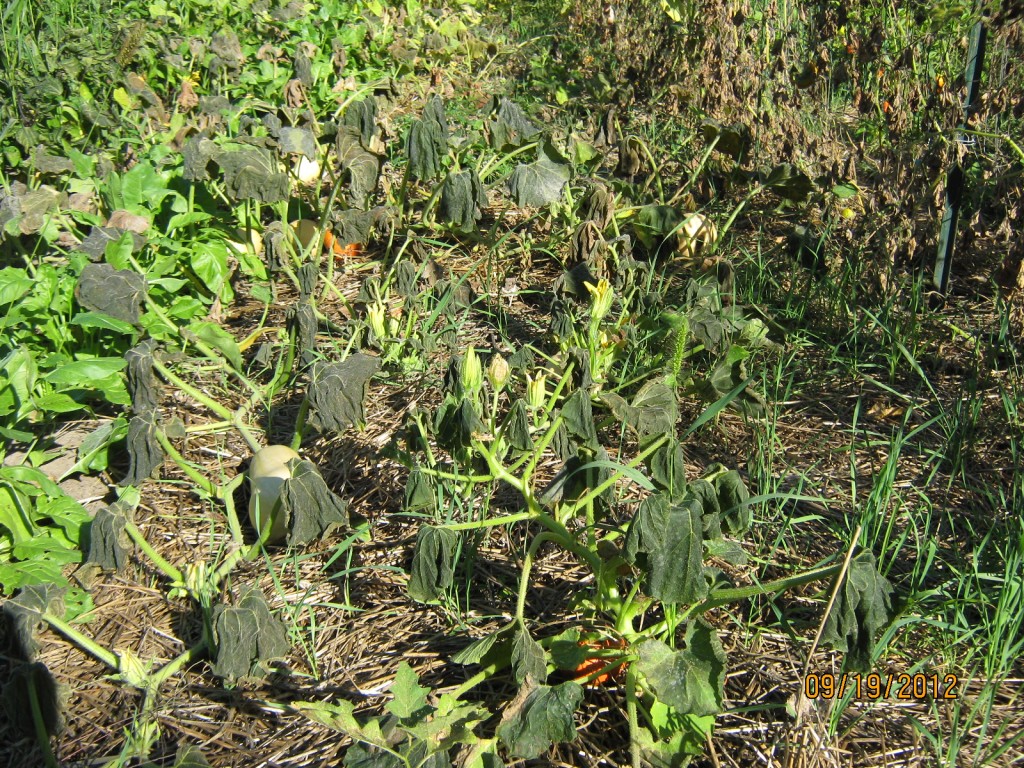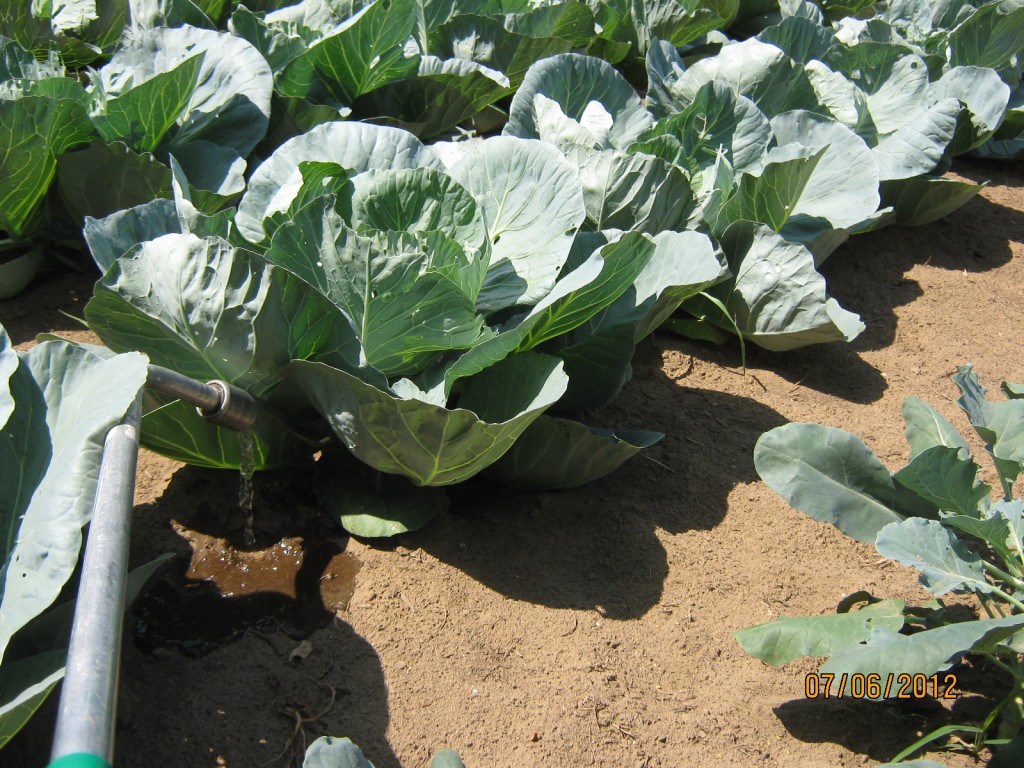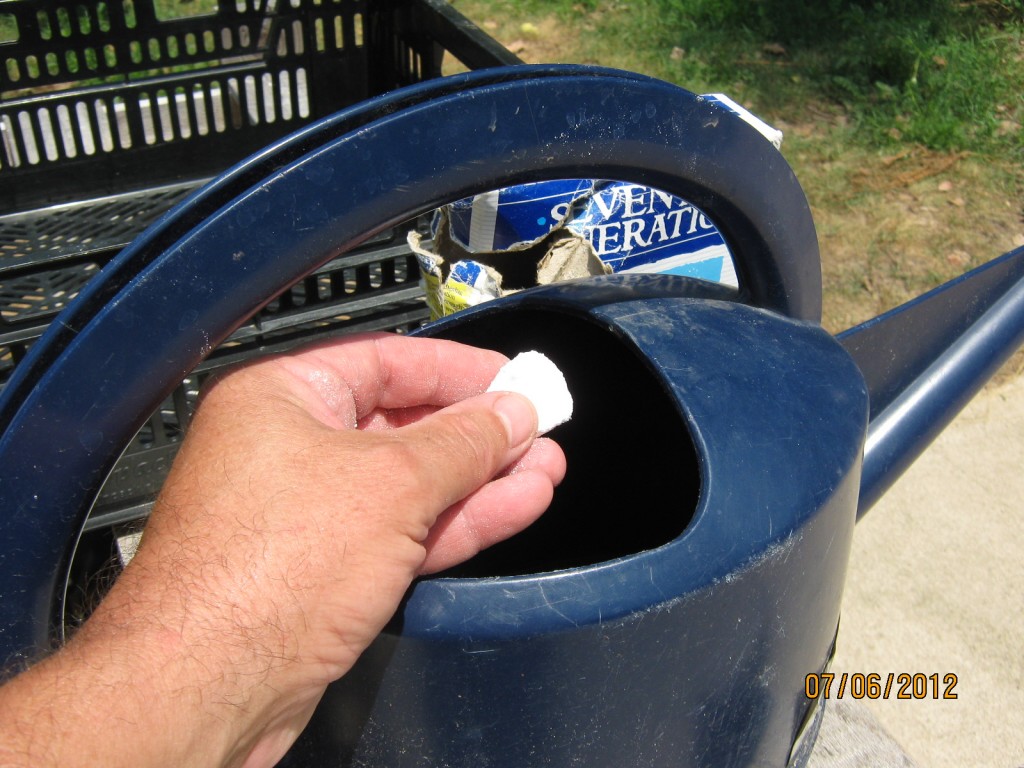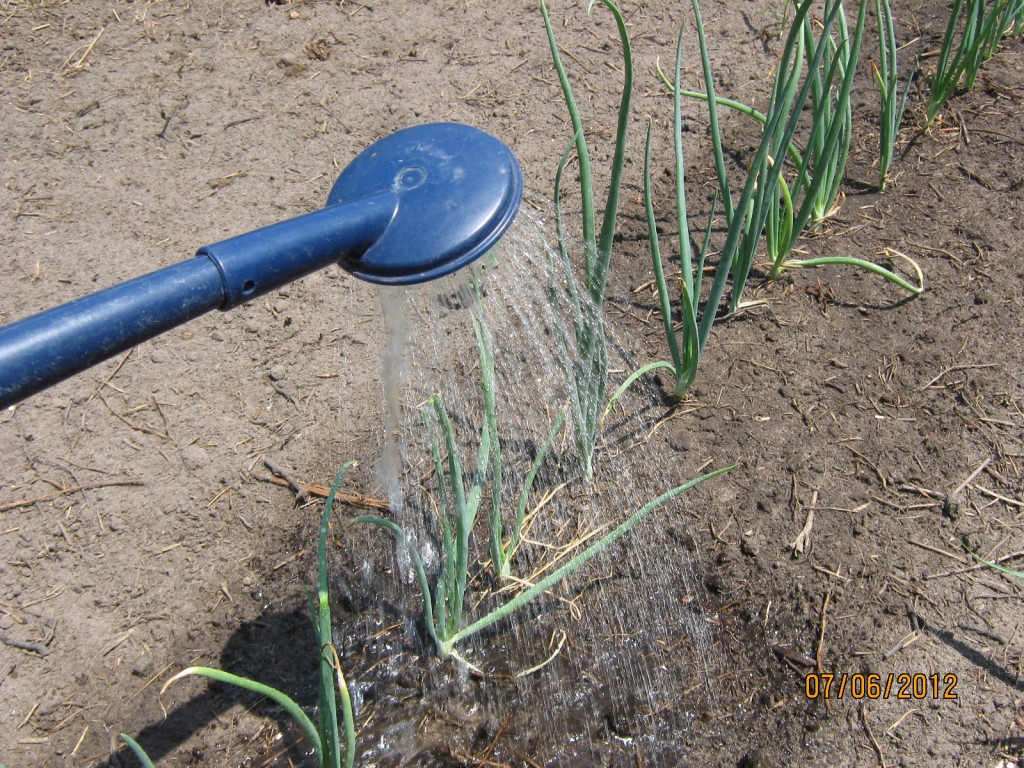Every morning I get outside early, usually just before sunrise. One of the things I like to do is try to guess the air temperature. Unless I’m sick, I’m usually accurate within a few degrees.
Early Wednesday morning when I stepped into the morning air, I thought to myself: “It’s either cold out here or I’m coming down with something”. Sure enough the thermometer on the porch read only 35 degrees.
I immediately hurried out to check the garden. The plants in the upper elevation were fine however, the plants in the low spot were frosted. When I say “elevation” it really is not a hill I’m talking about. It’s just a gentle slope with a couple of feet difference from one end of the garden to the other.
Apparently, the air was very still Tuesday night. That allowed to cold air to flow down the slope and settle into the lower part of the garden freezing the plants.
My watermelon vines, green beans and three types of squash were killed by the frost. Up the slope, the sweet potatoes and tomatoes got nipped but are still alive.
Unfortunately, the closest frost advisory that night was for the area near Saginaw, over 125 miles north from me as the crow flies.
From time to time, things like this happen when gardening — it never pays to let down your guard.
